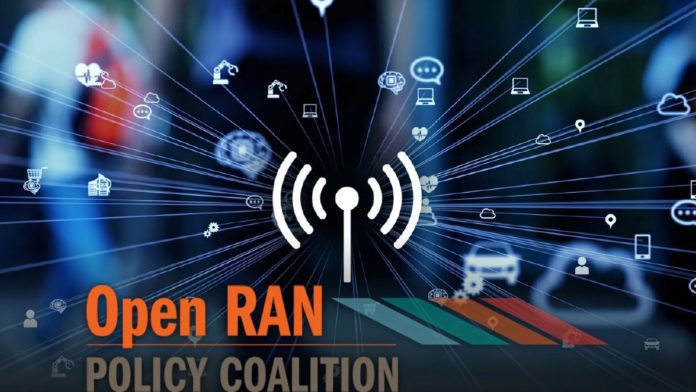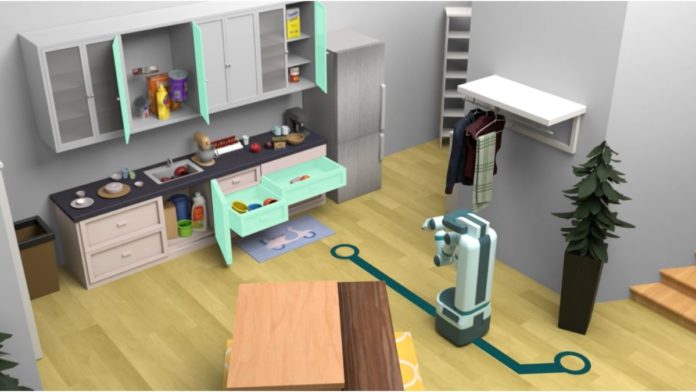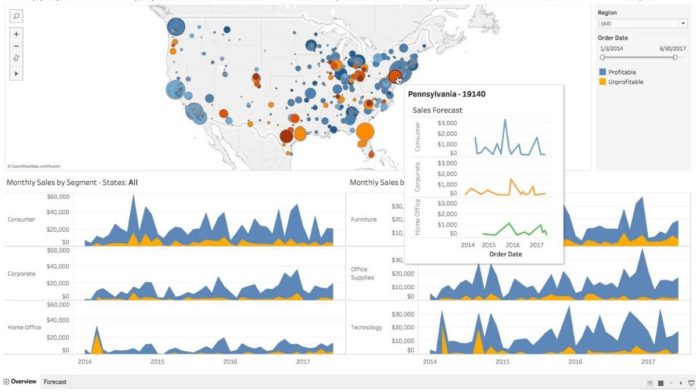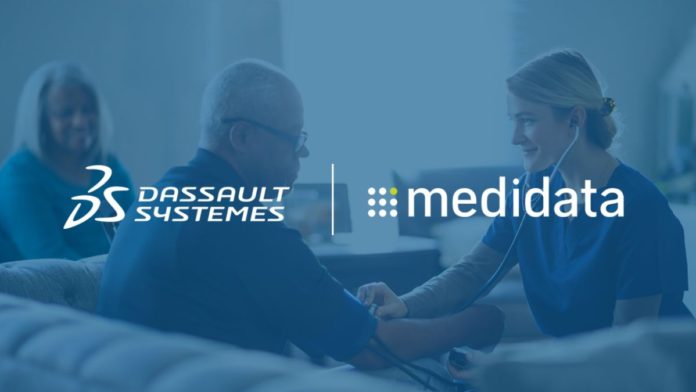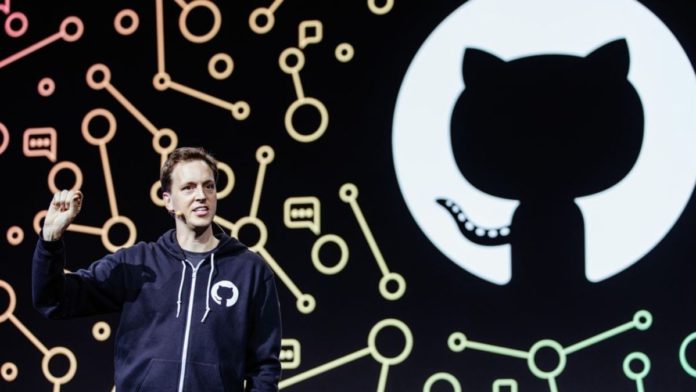On Monday, Google joined the O-RAN Alliance to help develop artificial intelligence-powered 5G networks. The alliance aims to drive innovative change in the telecommunication industry by enabling hybrid and multi-cloud solutions.
In 2020 Google announced its comprehensive strategy for the telecommunications industry. Since then, it has been working closely with customers, partners, and industry bodies globally to help transform the telecommunication industry. Joining Jio and Nvidia was also a part of this strategy. And now it has united with the O-RAN alliance, a Radio Access Network (RAN) industry, aiming to enhance networks using artificial intelligence.
Employing the 5G network will make cloud, software, and network come under one platform, due to which communication service providers (CSP) encourage cloud networking in IT enterprises. With this alliance, Google Cloud’s solutions will assist CSP developers in building and scaling new applications across any environment by providing telecom platforms like Anthos to develop flexible deployment models across a wide range of RAN use cases.
Read more: Jio Collaborates With Google Cloud To Enable 5G Technology
Not only cloud networking but the alliance was focused on eliminating the use of various transmitters and receivers in network operation and replacing them with artificial intelligence-powered automation. Google will be working with the O-RAN alliance to enable cloud-native intelligent networks that are secure, self-driving, and self-healing in the areas of machine learning, massive data processing, and geospatial analytics to efficiently design, manage, and operate RAN intelligent controllers.
The O-RAN Alliance has more than 200 members, including SpaceX. Regardless, Google’s sign-up marks a significant milestone as Google operates one of the world’s most sophisticated networks with an extensive array of subsea internet cables. This would be an added advantage for the group to reach its goals. O-RAN alliance works with SpaceX to link its network to the StarLink constellation of low-Earth orbit internet satellites.


